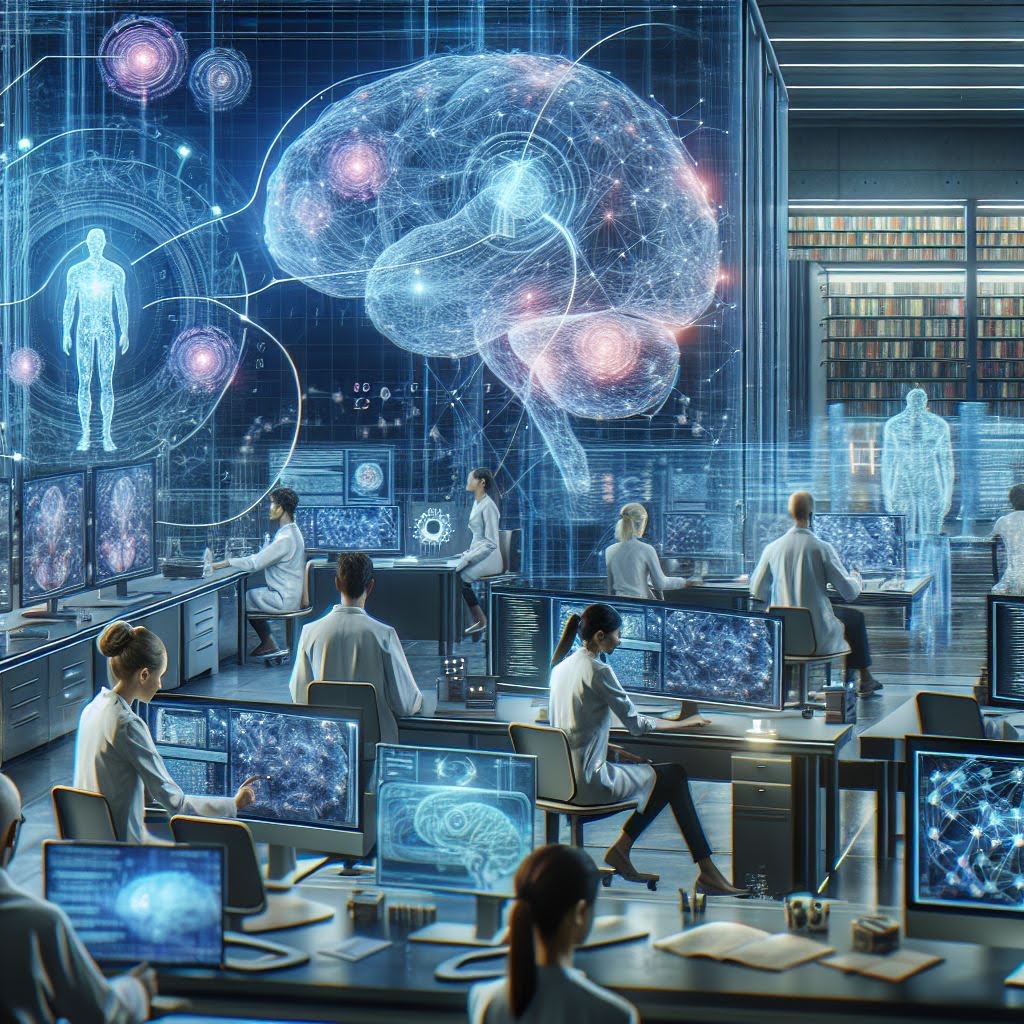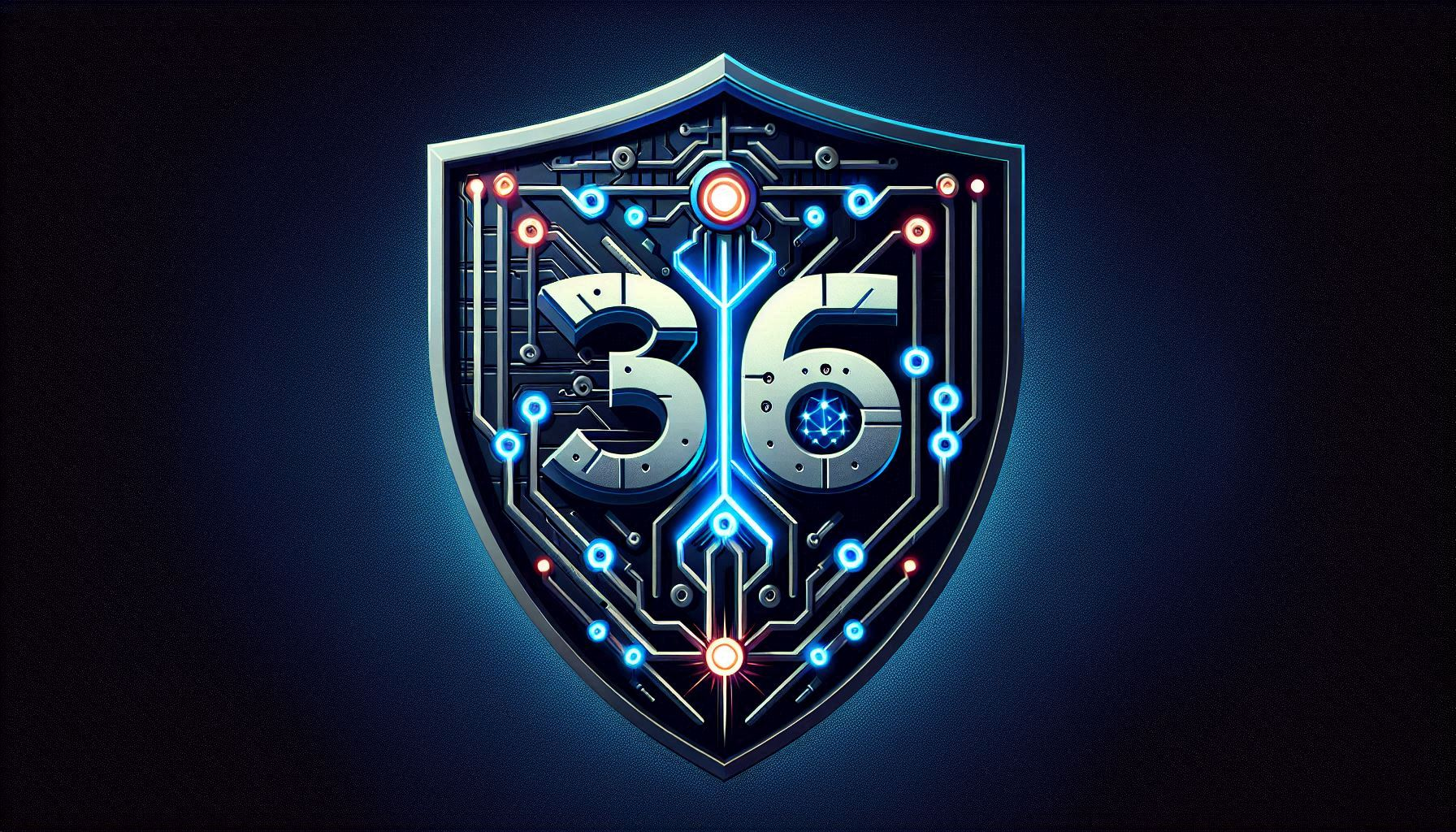Industrial Micro-Environments

Overview: A Layered Approach to Resilience
Our innovative simulation environment allows you to build and test the resilience of your critical infrastructure through a layered approach, mirroring the real-world dependencies that underpin our society. By constructing interconnected "microenvironments," you can gain invaluable insights into how failures cascade and how robust security measures can protect essential services.
Our Four Foundational Microenvironments:
We guide you through building a realistic interconnected system, starting with the most fundamental resource:
-
Electric Grid Microenvironment (Priority #1): The Powerhouse
- Why it's Priority #1: The electric grid is the bedrock of all other infrastructures. Without reliable power, essential services like water treatment, telecommunications, and defense systems cannot operate.
-
Interdependencies Created:
- Water: Powers pumps, treatment facilities, and distribution networks.
- Telecommunications: Supplies electricity to vital networking equipment, routers, and data centers.
- Defense: Ensures the functionality of surveillance, intrusion detection, and secure communication systems.
- Simulate: Power distribution models and load management strategies to prioritize critical services during outages.
-
Water Treatment & Distribution Microenvironment (Priority #2): The Lifeblood
- Why it's Priority #2: Water is crucial for cooling power systems, maintaining telecommunications infrastructure (server cooling), and sustaining life support in defense facilities. This system relies directly on a stable power supply.
-
Interdependencies Created:
- Electric Grid: Provides essential cooling for power generation components.
- Telecommunications: Supplies water for cooling critical network hardware.
- Defense: Supports life support systems and potential firefighting capabilities.
- Simulate: The impact of power outages on water distribution (e.g., pump failures) and other cascading effects.
-
Telecommunications Microenvironment (Priority #3): The Nervous System
- Why it's Priority #3: With power and water operational, telecommunications become the vital network for communication, control, and remote monitoring of the other systems. Reliable communication is essential for effective infrastructure management.
-
Interdependencies Created:
- Electric Grid: Powers all critical telecom equipment (routers, switches, etc.).
- Water: Provides necessary cooling for sensitive telecom infrastructure.
- Defense: Enables secure communication channels and remote monitoring capabilities.
- Simulate: Network control for electric and water systems (SCADA communication) and the implementation of remote monitoring and automated control.
-
Defense (Cyber-Physical Security) Microenvironment (Priority #4): The Shield
- Why it's Priority #4: Defense systems are the final protective layer, safeguarding all other infrastructures from both cyber and physical threats. Their effectiveness relies on the stable operation of power, water, and secure communications.
-
Interdependencies Created:
- Electric Grid: Powers surveillance systems, access control mechanisms, and cyber defense tools.
- Water: Supports life support and environmental controls within secure facilities.
- Telecommunications: Provides secure data channels for intrusion alerts and remote management of defense operations.
- Simulate: Cyberattacks targeting interconnected infrastructures and the response of defense mechanisms, as well as physical security protocols.
Understanding the Bigger Picture: Interdependency Overview
- Electric Grid → Powers Water, Telecom, Defense.
- Water → Cools and supports Electric, Telecom, and Defense.
- Telecom → Enables remote monitoring and control of Electric, Water, and Defense systems.
- Defense → Protects Electric, Water, and Telecom from cyber and physical threats.
Illustrative Scenarios:
-
Power Outage Simulation:
- A simulated electric grid failure leads to the shutdown of critical water pumps.
- The telecommunications network experiences power loss, disrupting vital data transmission.
- The defense system activates backup power while monitoring for potential security vulnerabilities arising from the outage.
-
Cyber Attack Simulation:
- A simulated cyberattack targets the telecommunications network, disrupting communication with the electric grid's control systems.
- The defense system detects the intrusion, isolates affected network segments, and triggers alerts.
- Operators lose remote visibility of water and electric systems, highlighting the need for robust security and contingency plans.
 Industrial Micro-Environments
Industrial Micro-Environments